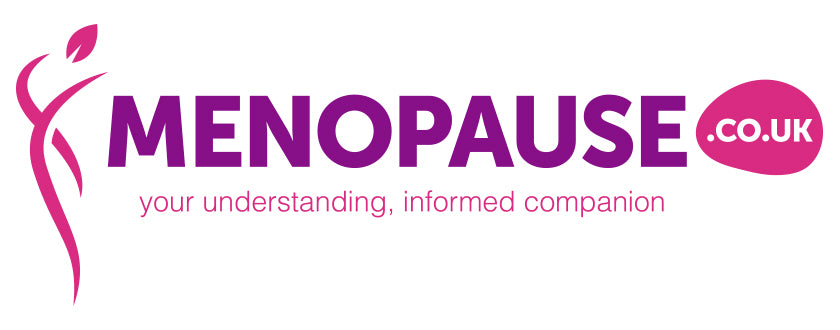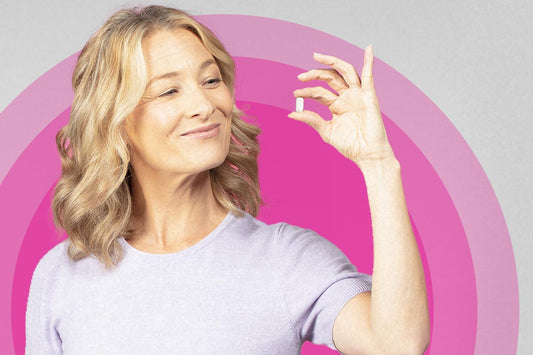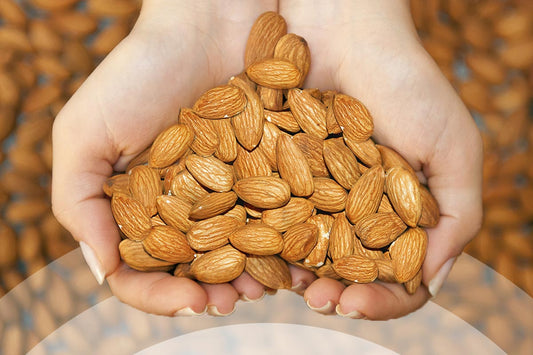It’s too easy during menopause to start to allow our world to get smaller and engage less with things we’ve always enjoyed. Brain fog, exhaustion, aches and pains, bowel disruption and hot sweats are just some of the symptoms that make it just a bit harder to get through the day, and the temptation of the couch and an early night can be difficult to ignore. However, the ‘feel-good’ chemicals produced by our body when we do something we love have been shown to promote physical and emotional wellbeing.
During menopause our body is going through a huge transition which can take up to a decade to be fully processed. To ensure we come through this and enter the next phase of our life full of vibrancy, it is essential to take care of ourselves.
Exercise is part of this self-care and running is no exception. However, unlike being in our twenties we need to apply some mindfulness. During menopause, the reduction in oestrogen changes our bone density and increases our chance of stress fractures. It also reduces the elasticity of our ligaments and tendons, which can lead to increased injury potential.
One of the main areas we need to focus on is reducing stress hormones.
During menopause our ovaries stop making progesterone and oestrogen and the production of these is taken over by adrenal glands. Our adrenal glands are also responsible for making the stress hormone ‘cortisol’. When we are stressed, our body prioritises making cortisol over progesterone and oestrogen. This imbalance leads to fatigue and slower recovery time. The more we run, the more cortisol we create. Too much cortisol causes our blood sugars to rise, meaning we produce insulin to bring our blood sugars back down. This increase in insulin also signals the body to go into ‘fat storage’ mode, which means we can also start to put on weight. This weight increase can add pressure to joints so we can end up in a vicious cycle.
The other area of concern in menopause is the fact that we become resistant to the effects of insulin. The main role of insulin is to lower blood sugar. If we become resistant to insulin it means that we can’t lower our blood sugars effectively which can lead to type 2 diabetes. Insulin also sends the signal to our body to store fat so having too much of it leads to weight gain. The good news here is that exercise is one of the best ways to deal with insulin resistance.
Here are five top tips to ensure you can keep running safely during this tricky transition and keep your hormones balanced.
- Listen to your body. Some days you are going to need to rest: your energy will be lower and you might feel really fatigued. These are not the days to do big cardio blasts. Menopause requires us to adjust our expectations and be honest with ourselves about what we can and can’t do. If you are exhausted or have bad joint pain this is not the time to ‘push through it’. Rest if you need to, go for a walk or do some yoga or swimming instead of the big run. When we do this the ‘good days’ become ‘great days’ and we can crush that workout. Make a note of when the good days and the not-so-good days happen; it’s a great way to track what is happening with your cycle even if you don’t bleed anymore. Once you see patterns emerging you will be able to plan for the great days and make the most of them.
- Fuel yourself properly. Weight gain is one of the biggest complaints during menopause but if you want the energy to keep on running then fuelling your body properly is essential. Because we become more resistant to insulin we can’t tolerate carbohydrates as well as we could pre-menopause. Making sure that each meal consists of a protein source (meat, fish, eggs or protein powders) and great fats alongside leafy greens is essential. Carbs are still important but the key is having the right ratio: the general rule of thumb is to have half a cup of starchy carbs (like rice or grains) to one portion of protein (for example a chicken breast) and don’t eat carbs by themselves.
- Less is more! Stress hormones wreak havoc on our female hormones AND they contribute to that pesky insulin resistance. Exercise increases cortisol levels, especially if we participate in high intensity workouts when we are already stressed. Running or exercising to a lower heart rate helps keeps cortisol levels low. If you are a keen runner and used to getting your heart rate high, it might take some adjusting to drop the pace a little but it’s better for you in the long run.
-
Supplement. Taking a good quality Omega-3 is great for joints and blood sugar stabilisation, while magnesium is great for muscle tone, blood sugars, mood and hormones (as well as keeping bowels happy). If you are experiencing joint pain then a good glucosamine is helpful.
As with all supplements, do check with a GP if you are taking any medication.
- Complement your running with resistance work. Working out with weights is fantastic for keeping muscle mass and great for our joints and bone density. Resistance work also reduces insulin resistance. If you are feeling fatigued and don’t have the energy for a big cardio session, resistance work won’t add cortisol to your system. The low impact nature of resistance work means it is great to rotate with running. Speak to a Personal Trainer if you’ve never used weights before and go slowly. Start with bodyweight workouts before progressing to using bigger weights.




